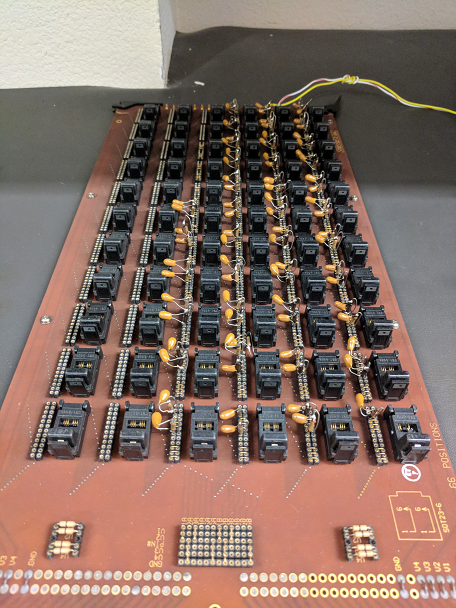Other Parts Discussed in Thread: LM723
Hello, We're using the UA723 in Our power supplies product instead LM723CN from STMicro (is obsolete now and We can't get from any vendor), the problem with the currect UA723 from Texas Instruments is that Output Voltage is drifting during test and this take 3 or 4 times more than normal when We use the LM723CN chip. I read one old article that this problem was reported to TI some time ago. Look below:
"From Kyle Van Renterghem (TI employee)"
For documentation sake, I am posting what was learned and the mitigating steps that can be taken by the user in case anyone else comes across this issue in the future.
Due to the process technology when this device was released (1972) some devices/lots exhibit signs of Zener Walkout which caused the output voltage to change over time (it can possibly take minutes for the output voltage to settle to it's final value). Zener Walkout occurs due to trapped charges during the fab process and will cause a Zener voltage to change and since a Zener is used to create the voltage that the output voltage is referenced to you see a corresponding change in the output voltage. The unfortunate part about this is that it can take minutes for a device to settle while the production tests that a device are significantly shorter so these types of failures cannot be screened out. Since the number/amount of trapped charge is variable due to normal process variations it may not be seen on every lot which explains why your old unit’s/designs didn’t exhibit the problem in the same circuit.
Knowing all of that but not knowing the scale of the number of devices you’ll be producing I see three potential work arounds for you
- Screen units by testing the output over time to see if they change, if they don’t change then they are production worthy and use accordingly (obviously this is only feasible for small scale)
- Burn in units at high temp to move the trapped charges. This should yield a higher percentage of usable parts.
- Migrate the design to a new device.
- If you provide us with the design specs for this power solution and we may be able to find a newer device that is run on a much more modern fab process or one that doesn’t use this topology of using a Zener to create the reference voltage
I need Your support, actually there isn't possible to get the LM723CN and We can't change the boards layout for a new I.C, We need to get a fix using the UA723 from You. Plastic Dual In Line with 14 pins is the version that We use. I tried to get a fix using a external diode zener on the Vref pin or adding a 1uF capacitor, but until now nothing works. It's urgent for me get an answer, options, etc...ASAP, because next month We have many product to build. Our company is S.L Power Electronics and We build power supplies to sale.....-
Thanks in advance.....
-


